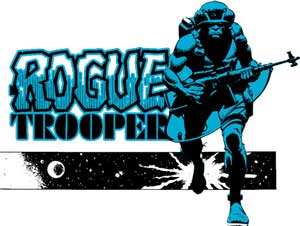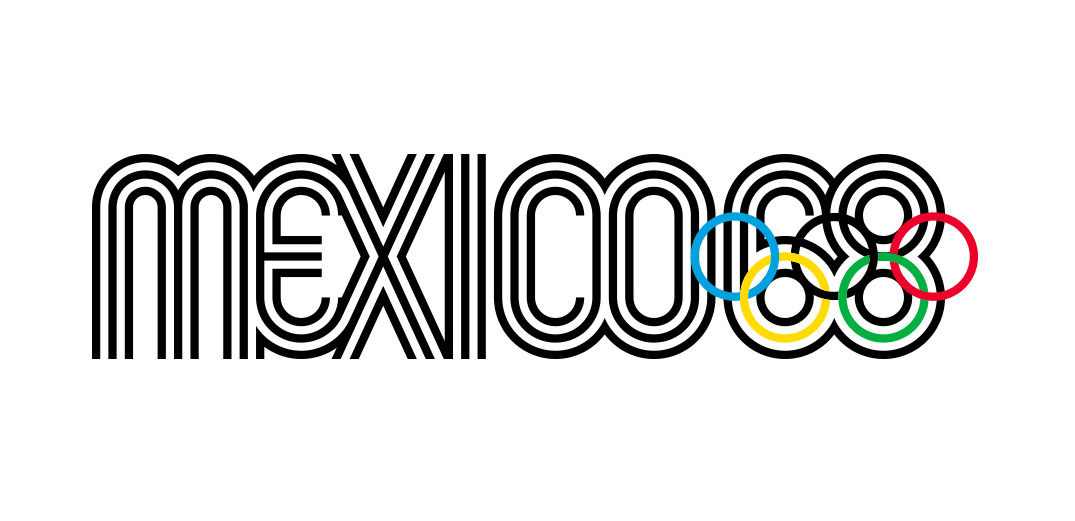This article is produced in association with Masters of CG, a contest for creatives in partnership with HP, Nvidia, and 2000 AD. Vote for your favourite entry today and you could win an HP Slate 7 Plus (*EU residents only).
When the history of the 2010s come to be written, they'll be remembered as an era in which computer generated special effects truly ruled the roost. And with this trend has come a brand new type of 'making of' video, to bring the work of the VFX wizards front and centre.
Quickly digestible and instantly shareable, the 'VFX breakdown' video pulls away the magician's curtain to reveal the constituent elements of our favourite CG scenes. Often without commentary or explanation - a true case of "a picture tells a thousand words" — they offer a fascinating insight into how some of the biggest movies were put together.
Here we select 10 of the best examples of the VFX breakdown video. But if we've missed your favourites then please add them in the comments below and we'll consider adding it to a future update...
01. Gravity
Gravity isn't just a movie with a lot of VFX; it's practically ALL digital effects, with the two actors' faces the only real-life footage in many of the scenes. The starlit sky, planet Earth, spacecraft, debris and even space suits were all created digitally at Framestore, whose technicians used a combination of motion controlled cameras and sophisticated light rigs to simulate the effects of micro gravity.
This VFX breakdown of the 2013 Oscar winner for Best Visual Effects highlights just how much work they had to do. Read this interview with Framestore CEO William Sargent for more about this boundary-pushing British VFX company.
02. Oz The Great and Powerful
Prequels, particularly CG-heavy ones, don't have a great track record (we'll just mention Jar-Jar Binks and leave it at that). So the quality of this 2013 fantasy film leading up to the events of 1939's The Wizard of Oz was all the more remarkable.
Get the Creative Bloq Newsletter
Daily design news, reviews, how-tos and more, as picked by the editors.
A great story was complemented by astonishing CG environments that brought a whole new (third) dimension to the magical land first conceived by author L Frank Baum. And seeing these environments stripped back to their component parts in this VFX breakdown, with commentary by VFX supervisor Scott Stokdyk, highlights just what a sterling job Sony Pictures Imageworks did on the picture.
03. The Hobbit: An Unexpected Journey
'Show' is often better than 'tell' in highlighting how an effect was achieved, and there's a great example at the start of this VFX breakdown for 2012's The Hobbit: An Unexpected Journey. We're talking of the trickery used to make Ian McKellan as Gandalf look enormous when appearing next to the dwarves, despite all the actors being of normal size.
"It's what we call slave mocon," VFX supervisor Kevin Sherwood, of Weta, told us in this interview. "You have two sets running at the same time, with two cameras. One bit of action is happening on one stage and then on a stage right next to it there's a motion controlled camera. That's being driven by the live action set camera and choreographing action so that you can do a scale change."
That might all sound a bit confusing, but the VFX breakdown makes it easy to see how they did it. And keep watching as more scenes in the hit fantasy epic, which was Oscar nominated for Best Visual Effects in 2012, are dissected before your eyes.
04. Prometheus
2012's Prometheus showed there was life in the Alien franchise yet, thanks in part to the Oscar nominated effects work of MPC. This VFX breakdown shows how they created the alien planet LV-223, space environments, the human crew, alien spacecrafts, an explosive crash scene sequence, and the alien 'Hammerpede'. Phew.
05. Pacific Rim
When it comes to over-the-top scenes of epic destruction, there can be few films to match Guillermo del Toro's Pacific Rim. If you've not see the summer 2013 blockbuster, all you need know is that 250ft mechs battle giant alien monsters off the coast of major cities — and when that fails, in the cities themselves.
In this revealing video combining VFX breakdown and documentary short, ILM discusses the design, effects and animation of these beautifully realised machines. You can learn more about how they were designed in this interview with animator Hal Hickel.
06. The Avengers
Currently the third highest grossing film of all time, next to Avatar and Titantic, The Avengers (aka Avengers Assemble in the UK and Ireland) proved that a superhero team could be more than the sum of its box office parts.
One of the biggest challenges was pulling together the 'tie-in' shot during the third act, which incorporates both practical special effects and extensive digital visual effects by ILM, including a digitally generated New York City environment, as can be seen in this revealing VFX breakdown.
07. Star Trek: Into Darkness
By the end of the century, the space-faring adventures of the Starship Enterprise seemed to belong to a bygone age. But then in 2009 JJ Abrams came along and breathed new life into the franchise with a time-jumping prequel that made Kirk, Spock and company young and virile once more.
Four years later, Star Trek: Into Darkness consolidated the rejuvinated series with a smart script, a series of star performances and some very special effects courtesy of German effects company Pixomondo. This VFX breakdown draws back the curtain on some of its most memorable scenes.
08. Harry Potter and the Deathly Hallows Part 2
The last in the seven-strong Harry Potter series was arguably the best of the lot. No expense was spared to bring the climatic battle between the boy wizard and Voldemort to spectacular life, in such convincing fashion you didn't almost didn't notice the CG.
This VFX breakdown resets the balance, highlighting just how much pixel-pushing work went into creating these dark and destructive scenes, which got the movie an Oscar nomination for Best Visual Effects in 2011.
09. World War Z
Brad Pitt’s 2013 World War Z brought zombie horror back to mainstream cinema, thanks largely to the smarts of an MPC team led by VFX supervisor Jessica Norman, working under the guidance of production VFX supervisor Scott Farrar.
This VFX breakdown details the main order of business: creating the zombie hordes in Jerusalem, the plane crash sequence, the Wales sequence and the epilogue scene. You can find out more details about how they were put together in this article.
10. Hugo
A children's adventure about a boy who lives alone in a French railway station in the 1930s, under fear of discovery by Sascha Baron Cohen's comical gendarme, Hugo doesn't particularly sound like a showcase for visual effects.
But it won the 2011 Oscar for exactly that (one of 11 nominations the movie received in total). If you're curious to know why then check out this VFX breakdown of the work Pixomondo performed on the enchanting story.
Masters of CG: voting now open!

In recent weeks, our Masters of CG contest has challenged you to create a new title sequence, film poster, main shot or ident for 2000 AD character Rogue Trooper.
Now all the entries are in, and we're pleased to reveal the shortlist for all to see. View the entries here! The competition will now enter a public voting phase, and we're asking you to help us the select the very best entries via the Masters of CG website. To entice you to vote, we're offering you the chance to win an HP Slate 7 Plus (*EU residents only).
Vote for your favourites today!

Thank you for reading 5 articles this month* Join now for unlimited access
Enjoy your first month for just £1 / $1 / €1
*Read 5 free articles per month without a subscription

Join now for unlimited access
Try first month for just £1 / $1 / €1

Tom May is an award-winning journalist and editor specialising in design, photography and technology. Author of the Amazon #1 bestseller Great TED Talks: Creativity, published by Pavilion Books, Tom was previously editor of Professional Photography magazine, associate editor at Creative Bloq, and deputy editor at net magazine. Today, he is a regular contributor to Creative Bloq and its sister sites Digital Camera World, T3.com and Tech Radar. He also writes for Creative Boom and works on content marketing projects.
